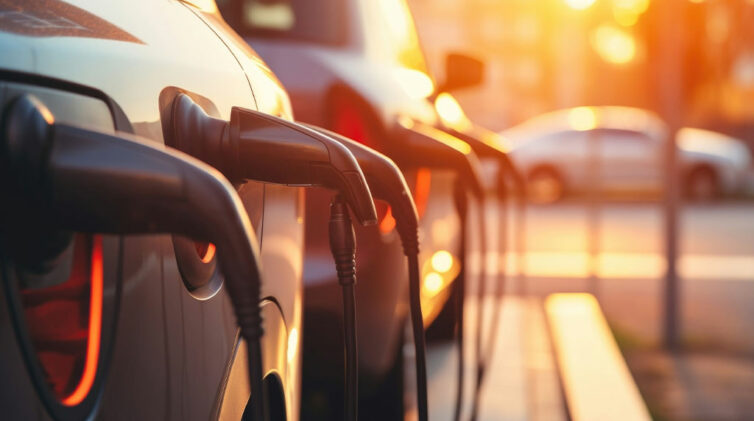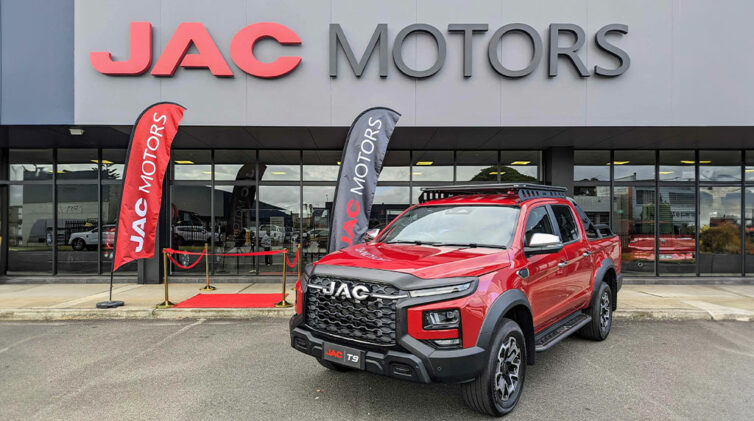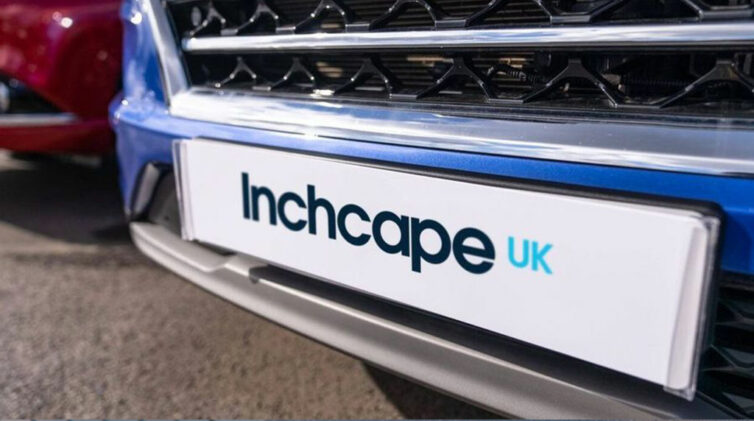However, the proposal to bring Mitsubishi into the alliance – through Nissan buying a 34 per cent stake for a reported three billion dollars – won’t lift the new group up the global sales ladder.
Sales in 2015 for Renault-Nissan totalled 8.22 million vehicles, putting it in fourth position beneath General Motors at 9.8 million vehicles sold. Adding Mitsubishi, which sold 1.2 million vehicles in 2015, would lift the Renault-Nissan sales total to 9.44 million.
While this does not change the global ladder, the new alliance will give significant advantages in vehicle production and market diversity to the car-making trio.
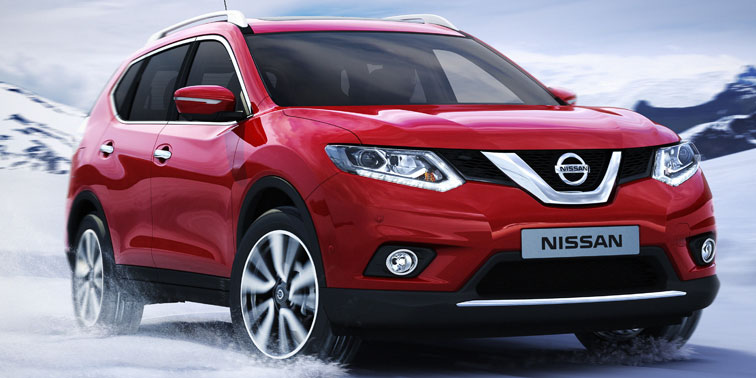
Nissan X-Trail
Mitsubishi has 12 global factories, under its own control and through joint ventures, while Nissan has 39 and Renault an additional 24, 12 in France and 12 in other countries including Turkey and Slovenia.
The alliance would also improve Mitsubishi’s showroom range, as the Japanese car-maker lacks a competitive small car, and could also breathe new life into its 17-year-old Pajero large SUV.
However, the three brands will have models that compete and that could lead to a range-wide rationalisation.
For example, the forthcoming Renault Alaskan dual-cab ute will compete with the Mitsubishi Triton, the Mitsubishi Mirage sells against the Nissan Micra and Renault Clio, and the Mitsubishi Outlander competes with the Nissan X-Trail.
It would also lead to strong competition against Toyota’s one-tonne ute dominance in the Australian market. Based on 2015 data, the combined sales of Mitsubishi’s Triton and Nissan’s Navara and Patrol would equate to 39,595, compared with Toyota’s total of 41,705 for its HiLux and Landcruiser models.
For the overall light-commercial vehicle (LCV) market in 2015, the total sales for the Nissan-Mitsubishi-Renault alliance would be 42,218, including Renault’s Master Bus (one), Mitsubishi’s Rosa Bus (375), Renault’s Kangoo (1177) and Renault Trafic (1070), against Toyota’s 51,921, including Hiace Bus (2634), Coaster (231) and Hiace Van (7351).
Based on last year’s sales, the combination of Nissan, Mitsubishi and Renault’s sales would place the new entity in second place on the Australian new car market behind Toyota.
Last year, Toyota sales were 206,000 units and the new Nissan-Mitsubishi-Renault alliance would have finished on 149,000 units, with Mazda third at 114,000 units, Hyundai fourth at 102,000 units and Holden and Hyundai pretty much tied on 102,000 units.
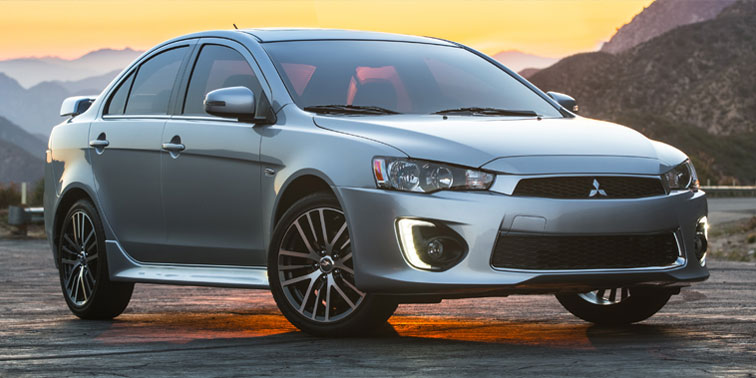
Mitsubishi Lancer
The proposal cements a relationship with Mitsubishi that Renault-Nissan started in 2011 with the production of a joint micro (kei) car, the Nissan Dayz and Mitsubishi eK Wagon.
In 2013, Mitsubishi also planned to market Renault-Samsung mid-size SM5 Nova sedan in South Korea, but plans stalled last year.
These two recent ventures are the latest in a string of alliances and partnerships undertaken by Mitsubishi since it became a public company in 1988.
Mitsubishi forged a joint venture with Volvo in 1991 to co-produce cars at a the former DAF factory in the Netherlands, called the Nedcar plant, until Ford bought Volvo and the agreement ended in 2001. Mitsubishi continued building vehicles at Nedcar and supplying European markets until 2012.
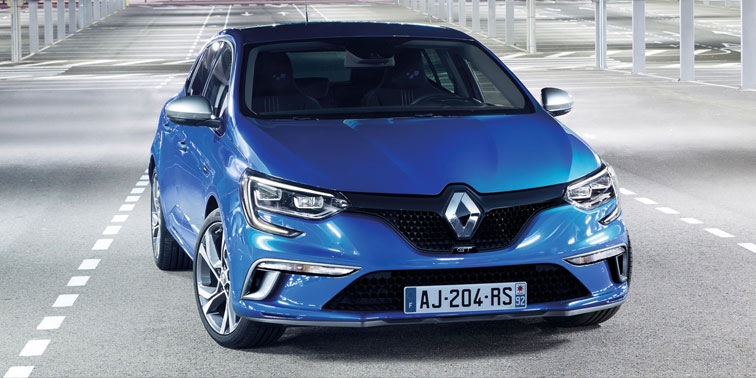
Renault Megane
In 1999, Mitsubishi formed an alliance with PSA Peugeot Citroen to collaborate on diesel engines and, in 2005, supplied its Outlander SUV to become the basis for the Peugeot 4007 and Citroen C-Crosser. This relationship was expanded to create the Peugeot 4008 and Citroen C-Cross based on the smaller Mitsubishi ASX crossover, but these cross-sharing agreements have subsequently ended.
PSA also sold the Mitsubishi i-MiEV electric car in Europe as the Citroen C-Zero and Peugeot iOn from 2010 until 2012.
Mitsubishi provided the technical basis for Hyundai’s beginnings as a car maker in 1975 by providing its Saturn engine and transmission which led to a license agreement with fledgling Malaysian car-maker Proton in 1985 that lasted until 2005.
Mitsubishi also inherited the Australia Chrysler factory in 1980 which was closed in 2008 to become a full importer.
By Neil Dowling


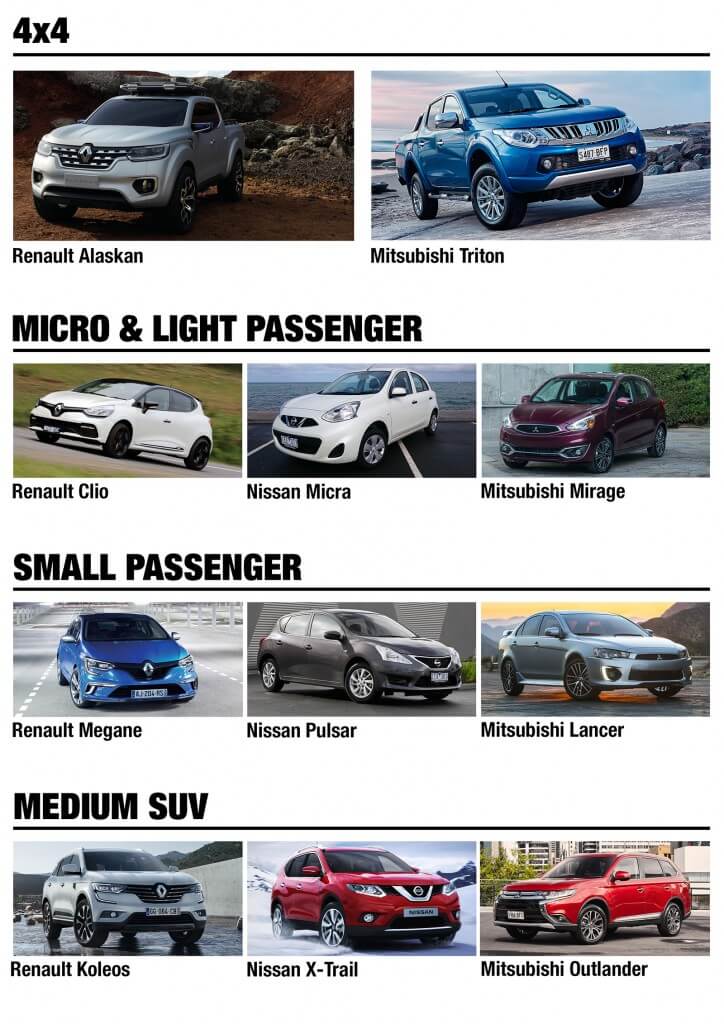
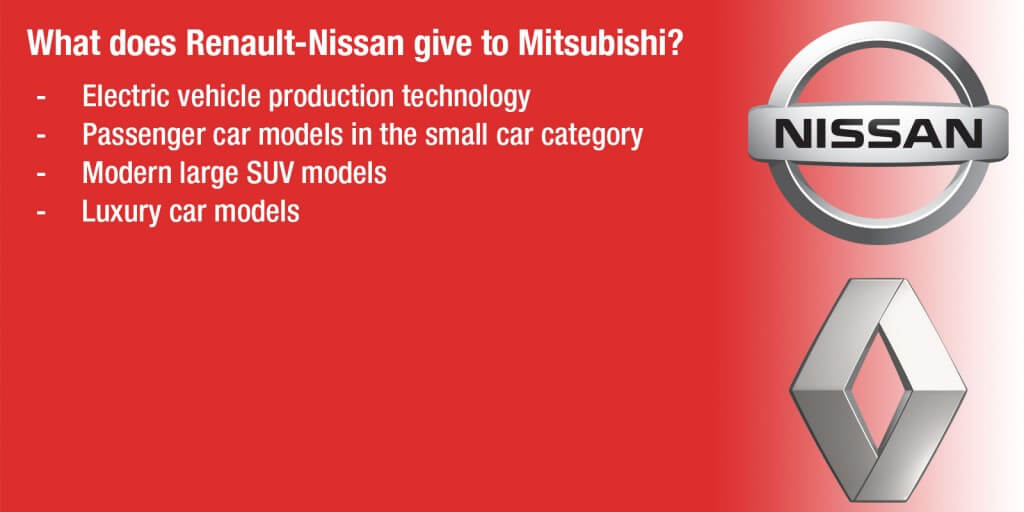
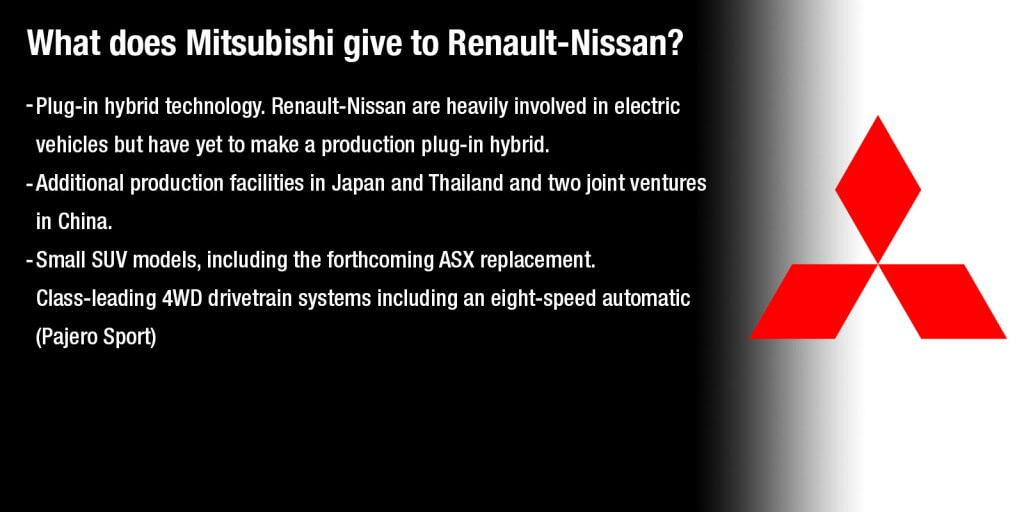











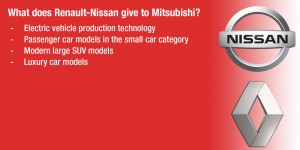

 Read More: Related articles
Read More: Related articles